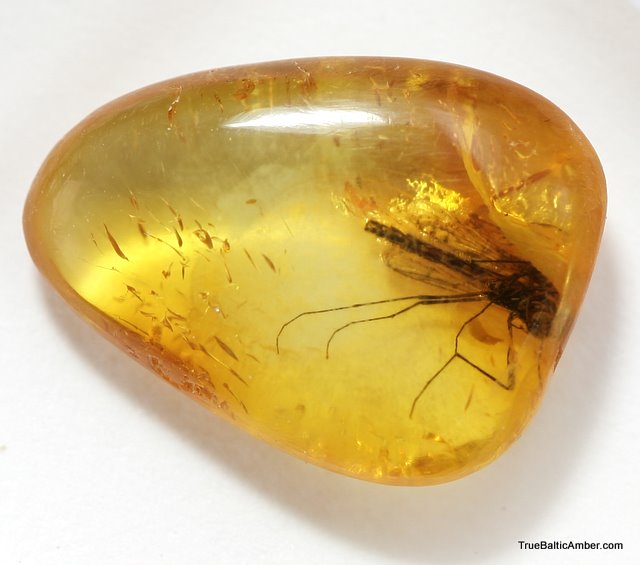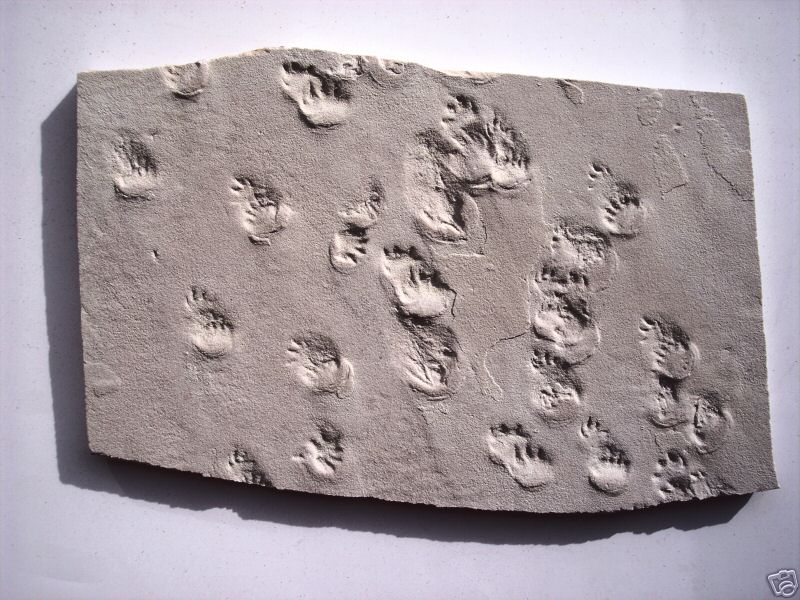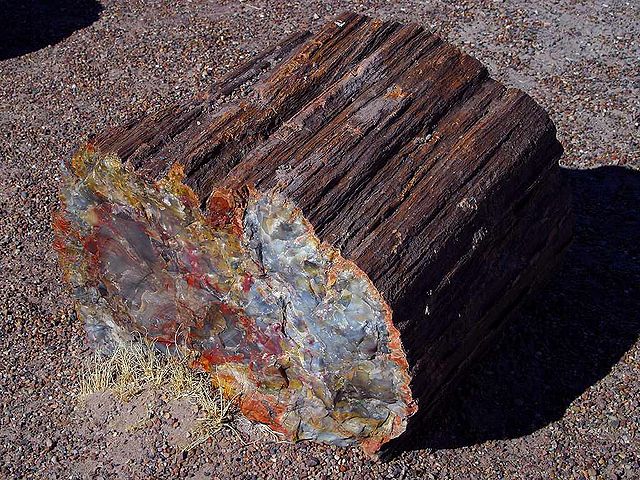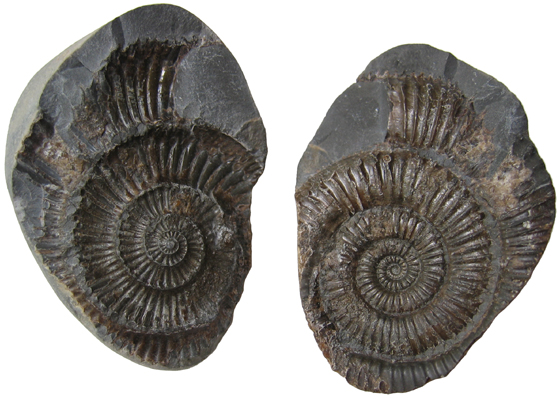Geologic Time Scale:
I am ok with the concept of the geologic time scale. I have not memorized the geologic eras or periods yet. I will probably use a mnemonic device to remember them.
Fossils:
I know that fossils can be preserved bones or droppings of an animal, preserved plants, or even footprints of an animal. They can be the actual bones, impressions of the plant or animal, mummified, or petrified.
Amber is tree pitch that has fossilized.

Trace fossils are imprints or indications that life was there.

Fossilized wood is called petrified wood.

Mold and cast fossils.

We created our own "fossils" in a lab experiment and are attempting to dig them out today. I opened the half sand half plaster and used a hammer and chisel to crack open my fossil. I got a good impression left in the plaster and sand and didn't damage the shell. This would be a good mixture to get impressions out of. Another good mixture was the 2/3 sand and 1/3 plaster. It would be good to use if you wanted to get a good impression and have the material soft enough to scrape away for kids. Our other mixture is not easy to use. It was four parts plaster and one part sand. It takes a very long time to scrape away the material, leaving no impression, and doesn't break open easily when using a hammer and chisel.
